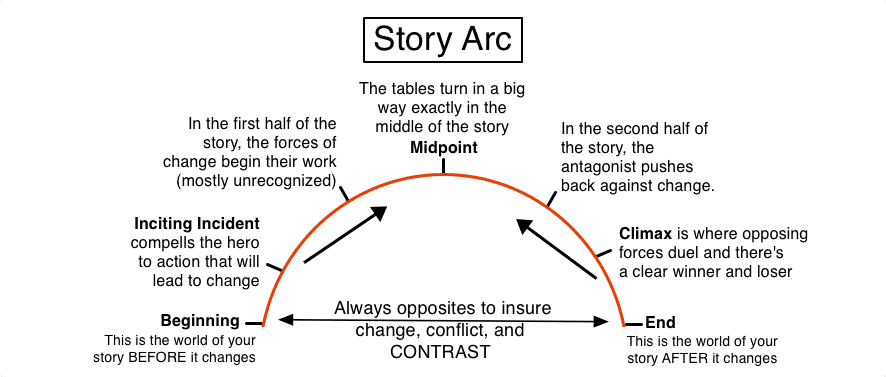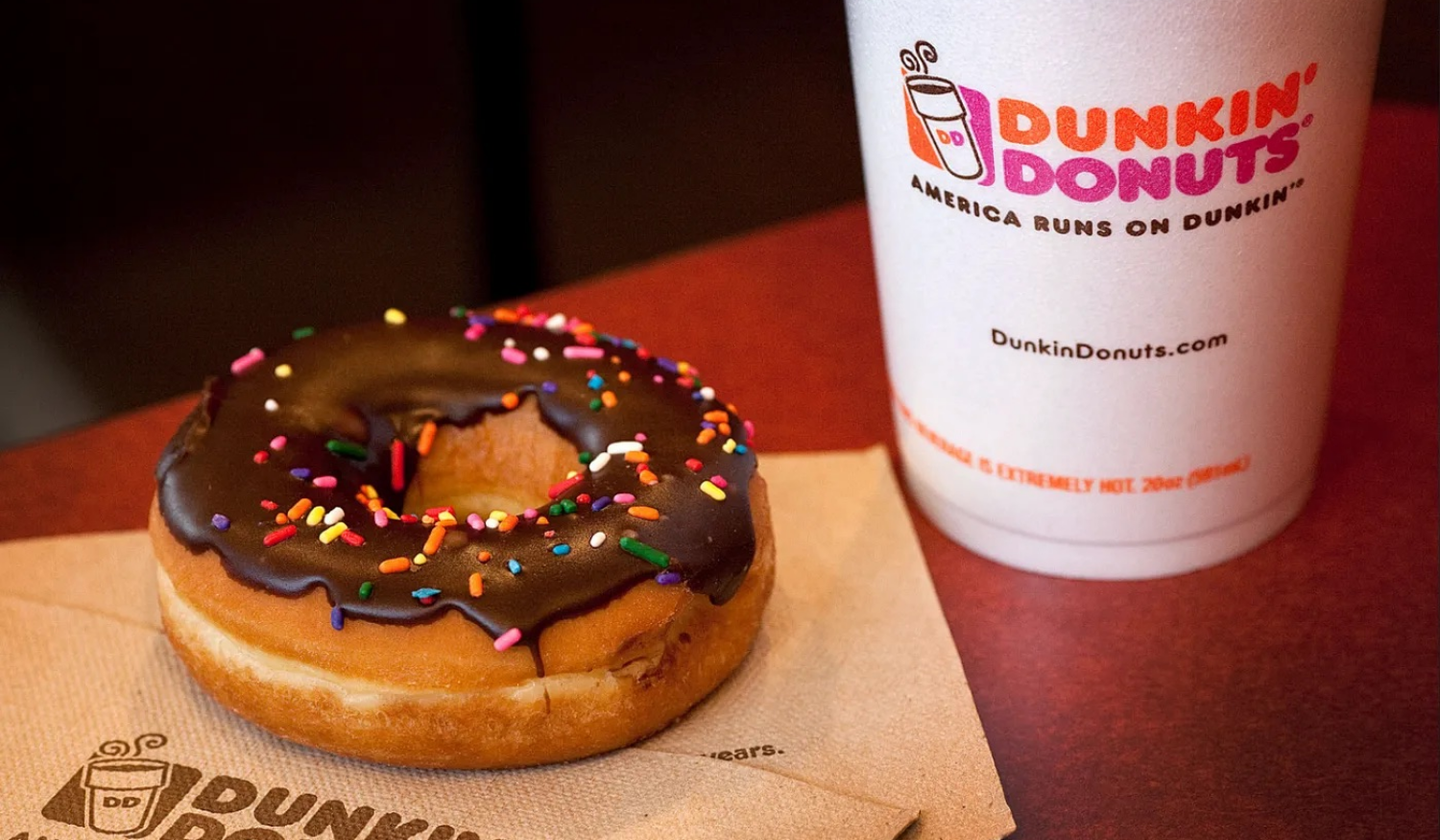When to Reposition Your Brand
Your brand position, at its core, is a statement reflecting the perception your desired target audience holds to represent your values, offerings,...

The CUNA (now America's Credit Unions) Diamond Awards are over, and as a judge, it was fun to see all of the marketing work and results from Credit Unions throughout the country.
Having been on both the submission and judging side, I understand how daunting it may feel to sit at your desk, staring at a blank entry form, wondering how on earth to distill all the hard work and creativity of a marketing campaign into a few paragraphs and key visuals that will impress the judges.

In this post, I'll share some insights into creating a winning marketing award entry based on what I've seen and what I look for as a judge.
Some may say that awards aren't important. While I agree that results are most important, winning a marketing award isn't just about bragging rights (although those are pretty sweet). It's about celebrating your team's efforts and validating your strategic and creative thinking.
Before you begin working on your award entry, it's crucial to understand the rules of the game.
Different awards have different criteria and knowing what the judges look for is half the battle.
Let's say you've put together an amazing case study for your website or to share internally. You may be tempted to repurpose it for various award entries. After all, it's a great case study, and you spent a lot of time creating it.
However, each award has its own unique set of judging criteria, ranging from creativity and innovation to measurable results and impact.
This is crucial because judges go from one submission to the next and expect a certain pattern in the entry. When that pattern isn't paid attention to, it reflects poorly.
.gif?width=545&height=414&name=Award%20Show%20Meme%20(1).gif)
So, take the time to do your homework. Research the different awards, pore over past winners' entries, and get to know the judging criteria inside and out.
Trust me, a little bit of preparation goes a long way in the world of marketing awards.
Now that you've got a handle on the criteria that the judges will consider, it's time to roll up your sleeves and start crafting your entry.
But here's the thing: winning marketing awards isn't just about regurgitating a laundry list of achievements.
It's about telling a compelling story that captivates the judges and leaves them inspired and itching to learn more.
If that doesn't sound challenging enough, consider that the judges tasked with reviewing your work will likely have 50+ other entries to review. Not only that, but they're reviewing these as volunteers in addition to their day jobs.
Plus, here's a dirty little secret: most judges must be reminded A LOT to tackle their assignments before the deadline. This means they're probably rushing through them. So you need to grab their attention fast and hold onto it.
It helps to think of your award entry as a great short story. You've got your protagonist (that's your marketing campaign), your plot twists (the challenges you overcame), and your triumphant climax (the jaw-dropping results). Your job is to bring it all to life in a way that's as engaging as it is informative.

Now that you've got a story to tell, it's time to think about how you will structure your entry.
Remember, the judges are busy and don't have time to wade through pages and pages to get to the good stuff.
Start with a bang. Grab the judges' attention right off the bat with a strong opening that sets the stage for what's to come.
Consider the difference between these two introductory sentences:
After years in a downward trajectory, XYZ CU launched a new brand strategy to make people smarter about banking.
or
Our new campaign focused on what makes our employees different.
Which helps you understand the situation and want to learn more?
Right from the start, you want your opening to build the scene:
THE CHALLENGE ➜ THE OPPORTUNITY ➜ ACTION TAKEN
Then, dive into the meat of your entry, breaking it down into clear, concise sections that make it easy for the judges to follow along.
Often, award entries make the mistake of cramming too much information into one paragraph. Take the time to structure your entry so that it's logical, easy to read, and flows seamlessly from start to finish.

Consider how supporting assets (images, videos, live websites, etc.) will help tell your story (especially when you’re up against a word count limit). When judges are up against the deadline, you can be sure they’ll be very quickly scanning the story you’ve written and skipping ahead to visual examples. (Sorry, but true.)
Now, let's talk about writing style and tone. When crafting a winning award entry, your words are your most powerful weapon. But here's the thing: you don't have to be a literary genius to impress the judges. Sometimes, less is more.
Write as you would speak. Keep your writing clear, concise, and to the point.
Avoid jargon and industry buzzwords that might confuse the judges and detract from your message. Understand that not every judge will be from your specific industry.
Above all else, let your passion and enthusiasm for the campaign shine through in every word you write. If you're bored writing it, why would it not bore the judge reviewing it?
They say a picture is worth a thousand words, and this is very true when crafting a winning marketing award entry.
Visuals are a powerful tool for capturing the busy judges' attention and conveying complex information clearly and concisely.
Many entries rely heavily on text to tell their story. Then, the work submitted alongside the entry is only a screenshot of a banner ad or Facebook post showing 38 likes and five comments against a blank PowerPoint template.
You can have the best story in the world, but if you don't take the time to incorporate visuals into your entry in a way that's both impactful and informative, all of that time and effort may go to waste.
.gif?width=350&height=239&name=giphy%20(2).gif)
Think about ways to make your visuals more interesting. Instead of just a still screenshot, show the screenshot on a modern device (i.e., not an old iPhone) or highlight satisfied consumers interacting with your work. Rather than flat exported print files, consider mocking up your designs in an environment, package, etc. to look like a real photo of the piece.
If you’re looking to feature multiple parts of a campaign asset (for example, a scrolling social carousel), you can incorporate animation or mock up the screens on a device, side-by-side in one image. For more visual technique ideas on a variety of project types, visit some of our case studies.
Whether it's graphs and charts to visualize your results, examples of your campaign in action, or photos and videos to add a human touch, don't underestimate the power of visuals in your marketing award entry.
One of the things that sets winning marketing award entries apart from the rest is creativity and innovation.
Understanding the judging criteria is essential, but you should still think outside the box to get noticed and stand out from the competition.
Consider what may add a "wow factor" that judges won't be able to resist. This may take the form of a short case study video or displaying your campaign results in a more visually friendly way.
Last but not least, before you hit that submit button, proofread and edit your award entry with a fine-tooth comb.
Trust me, there's nothing worse than spotting a glaring typo, grammatical error, or inconsistency after you've submitted your entry.
Take the time to read through your entry aloud multiple times, checking for errors and inconsistencies along the way. Better yet, enlist the help of a colleague or friend to give it a once-over and provide feedback.
While you may not lose points for typos and errors, they can be distracting and may give the impression that you don't care enough or didn't spend appropriate time on your entry to warrant a high score.
Don’t forget to proofread your visuals. Images often get overlooked when only relying on spell-check. Make sure there isn’t any lorem ipsum in your comps or watermarks on images. If possible, have a designer review your assets, as they’ll catch different visual inconsistencies than a non-designer. Once everything looks good, make sure your files are sharp and clear, everything is legible, and you’re exporting at a high enough resolution.
Remember, winning a marketing award isn't just about the trophy or the accolades—it's about celebrating your team's hard work and showcasing your creativity, innovation, and hard-earned results.
Hopefully, with the tips and tricks you've learned today, you'll bring home the gold in no time.
Sign up for our monthly newsletter to receive updates.

Your brand position, at its core, is a statement reflecting the perception your desired target audience holds to represent your values, offerings,...

Your logo is the visual essence of your brand. It's often the first thing your customers see and can significantly shape their perception of your...

Have you ever been part of a rebranding project and had a board member or senior leader say, "That's not who we are."